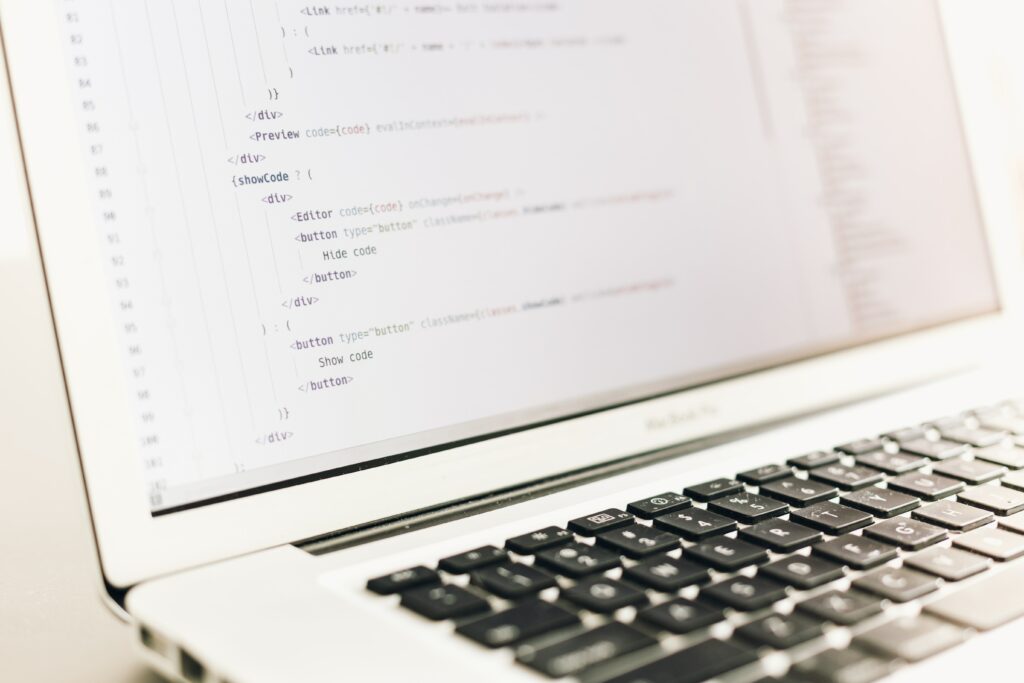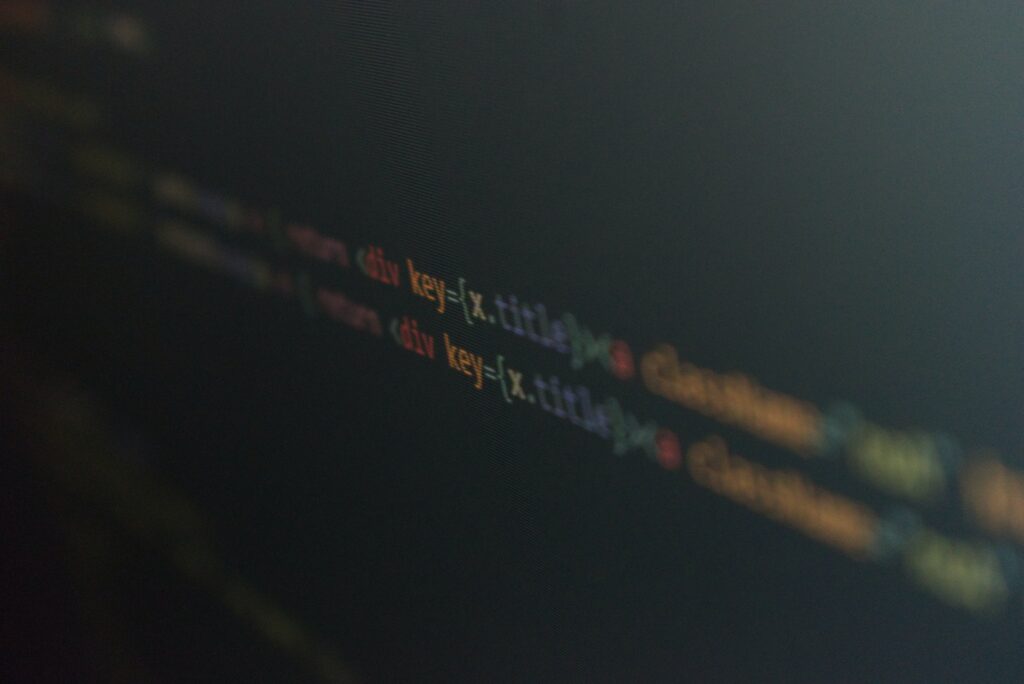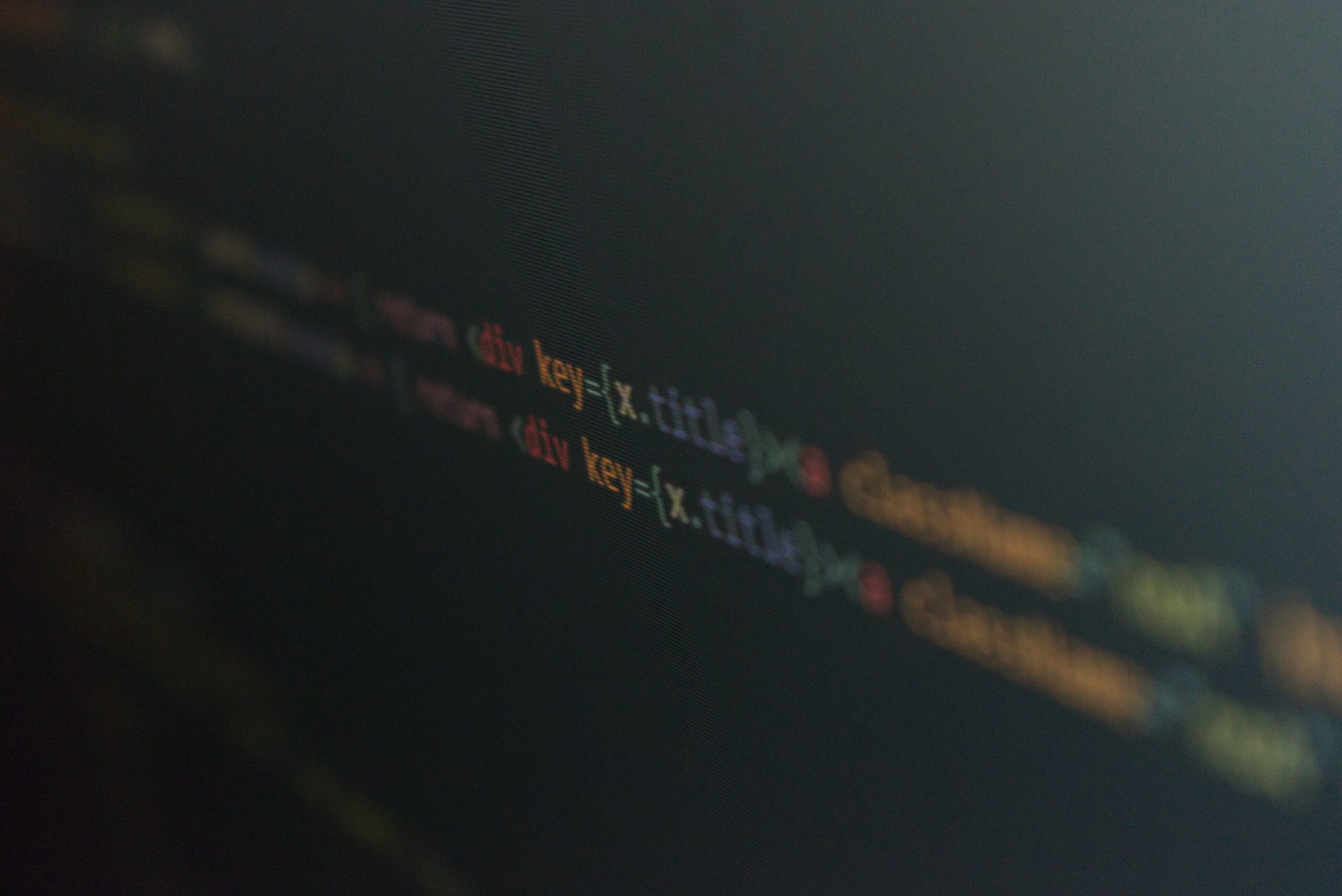“Coding and programming: Understanding the Differences” sheds light on two commonly used terms in the software development industry. While coding involves translating natural language into machine commands through an intermediary language, programming encompasses additional steps like planning, design, testing, deployment, and maintenance. The article emphasizes that programming necessitates a deeper knowledge base, more experience, and a diverse set of skills compared to coding. It highlights that coding is better suited for simple problems or beginner-level projects, whereas programming is essential for complex projects that require a methodical approach. The main differences between coding and programming lie in the definition, tools needed, expertise required, approach, and outcome. Additionally, the article acknowledges that learning coding can be challenging, especially for low-level languages, and the time required to grasp coding varies depending on factors such as language difficulty, prior experience, and available support. By delving into these distinctions, readers will gain a comprehensive understanding of the intricate world of coding and programming.

Definition
Coding
Coding refers to the process of translating human-readable instructions into machine-readable commands. It involves using a programming language to write instructions that can be executed by a computer. The coder focuses on the syntax and structure of the code, ensuring that it follows the rules specified by the programming language. Coding is the foundation of software development, as it is the act of writing the specific instructions that tell a computer how to perform a certain task.
Programming
On the other hand, programming encompasses a broader set of activities that go beyond just coding. It involves the entire process of creating and maintaining a software program, including planning, design, testing, deployment, and maintenance. Programming requires a deep understanding of problem-solving, algorithms, data structures, and software engineering principles. It involves not only writing the code but also thinking critically about the problem at hand and designing an efficient solution.
Process
Coding
The process of coding typically involves the following steps:
-
Understanding the Problem: The coder first needs to understand the problem that needs to be solved. This involves analyzing requirements, gathering information, and clarifying any ambiguities.
-
Planning: Once the problem is understood, the coder needs to come up with a plan to solve it. This involves breaking down the problem into smaller tasks and outlining the steps needed to achieve the desired outcome.
-
Writing the Code: With a plan in place, the coder can begin writing the code. They use a programming language’s syntax and structure to translate the problem-solving steps into executable instructions.
-
Testing and Debugging: After writing the code, it is essential to test it thoroughly to ensure it works correctly. This involves running test cases, identifying and fixing any bugs or errors, and optimizing the code for performance.
Programming
Programming, as a more comprehensive process, encompasses all the steps involved in coding and beyond. In addition to the coding process mentioned above, programming includes the following steps:
-
Planning and Design: Programming requires careful planning and design before writing the code. This involves understanding the problem domain, identifying the requirements, and designing the overall structure of the software program.
-
Software Development Life Cycle (SDLC): Programming follows established methodologies, such as the waterfall model or agile practices, to guide the development process. These methodologies ensure that the software is developed systematically, with proper testing and documentation at each stage.
-
Deployment and Maintenance: Once the program is developed, it needs to be deployed to the intended environment. Programming involves activities such as installation, configuration, and ongoing maintenance to ensure the software operates smoothly and meets the users’ needs.
Scope
Coding
The scope of coding is primarily focused on writing the specific instructions that the computer needs to execute. Coders typically work on smaller components or modules of a larger software program. Their scope includes understanding the requirements, translating them into code, and ensuring that the code functions correctly.
Programming
Programming has a broader scope that encompasses the entire software development process. Programmers are involved in activities such as requirement analysis, system design, and software architecture. They have a deeper understanding of the problem domain and work on integrating different modules or components to create a cohesive software program.
Skills Required
Coding
To excel in coding, one needs to have a strong grasp of programming language syntax, data types, control structures, and algorithms. Attention to detail, logical thinking, and problem-solving skills are crucial for writing clean and efficient code. Additionally, coding requires the ability to identify and fix errors or bugs effectively.
Programming
Programming requires a broader set of skills compared to coding. In addition to the coding skills mentioned above, programmers need to have a deep understanding of software engineering principles, such as software development methodologies, design patterns, and data structures. They must be skilled in problem analysis, system design, and have the ability to think critically about complex problems. Interpersonal skills, such as communication and collaboration, are also essential for working in a team environment.

Suitability
Coding
Coding is more suitable for simple problems or beginner-level projects. It is ideal for individuals who are new to programming and want to learn the basics of writing code. Coding can be a stepping stone to programming, allowing individuals to gain confidence and understand the fundamentals of programming languages.
Programming
Programming is necessary for complex projects that require a methodical approach and involve multiple interconnected components. It is suitable for individuals who have a deeper understanding of programming concepts and are ready to tackle more challenging problems. Programming is essential for developing large-scale software applications, where planning, design, and coordination are critical.
Approach
Coding
The coding approach involves focusing on writing code to solve a specific problem or implement a specific functionality. Coders typically work on smaller sections of a program and aim to translate the problem-solving steps into executable instructions. The approach revolves around understanding the syntax and structure of the programming language and ensuring that the code functions correctly.
Programming
Programming takes a more holistic approach, involving activities beyond just writing code. Programmers start with analyzing the problem, designing the solution, and then implementing it through coding. They take into consideration factors such as performance, scalability, and maintainability while developing the software. Programming requires careful planning, collaboration with other team members, and a systematic approach to problem-solving.

Outcome
Coding
The main outcome of coding is the creation of specific code that can be executed by a computer. The result is a functional piece of code that performs a specific task or implements a particular functionality within a larger software program.
Programming
The outcome of programming is a fully developed software program that meets the desired requirements. The result is not just the code itself but also the planning, design, testing, and maintenance that goes into creating a robust and reliable software application.
Tools
Coding
Coding can be done using text editors or integrated development environments (IDEs) that provide features such as code highlighting, autocomplete, and debugging tools. Some popular coding tools include Visual Studio Code, Sublime Text, and Atom. Additionally, compilers or interpreters specific to the programming language being used are required to execute the code.
Programming
In addition to the coding tools mentioned above, programming often involves the use of project management tools, version control systems, and debugging tools. Popular project management tools such as Jira or Trello help programmers track tasks, manage resources, and collaborate with team members. Version control systems like Git enable programmers to keep track of code changes and work collaboratively. Debugging tools, such as integrated debuggers within IDEs, help identify and fix errors in the code.

Learning Difficulty
Coding
Learning coding can be challenging, especially for low-level languages or complex programming concepts. Mastering the syntax, understanding the control structures, and learning effective programming practices may require considerable effort and practice. However, with proper guidance and practice, beginners can build a solid foundation in coding.
Programming
Programming is generally more challenging than coding. It requires a deeper understanding of software engineering principles, algorithms, and problem-solving techniques. The ability to think critically and abstractly about problems and design efficient solutions is crucial. Furthermore, programming often involves working with teams and managing complex projects, which adds another layer of complexity.
Learning Time
Coding
The learning time for coding varies depending on several factors, including the complexity of the programming language, prior experience in programming, and the availability of learning resources. For simpler languages and individuals with prior programming experience, learning the basics of coding can take a few weeks to a few months. However, mastering coding skills and becoming proficient may require several months or even years of dedicated practice.
Programming
Learning programming, with its broader scope and deeper concepts, typically takes longer than learning coding. Again, the learning time varies based on the individual’s prior experience, the complexity of the programming language, and the availability of learning resources. Learning the fundamentals of programming and gaining a basic understanding usually takes several months, while becoming proficient in programming may take years of continuous learning and practical experience.
In conclusion, coding and programming are essential components of software development. Coding involves translating natural language into machine commands using a programming language. Programming encompasses additional steps such as planning, design, testing, deployment, and maintenance. While coding is more suitable for simple problems or beginner-level projects, programming is necessary for complex projects and requires a methodical approach. The main differences lie in the definition, tools needed, expertise required, approach, and outcome. Learning coding and programming can be challenging but with dedication, practice, and proper resources, individuals can acquire the necessary skills and knowledge to excel in the software development industry.

